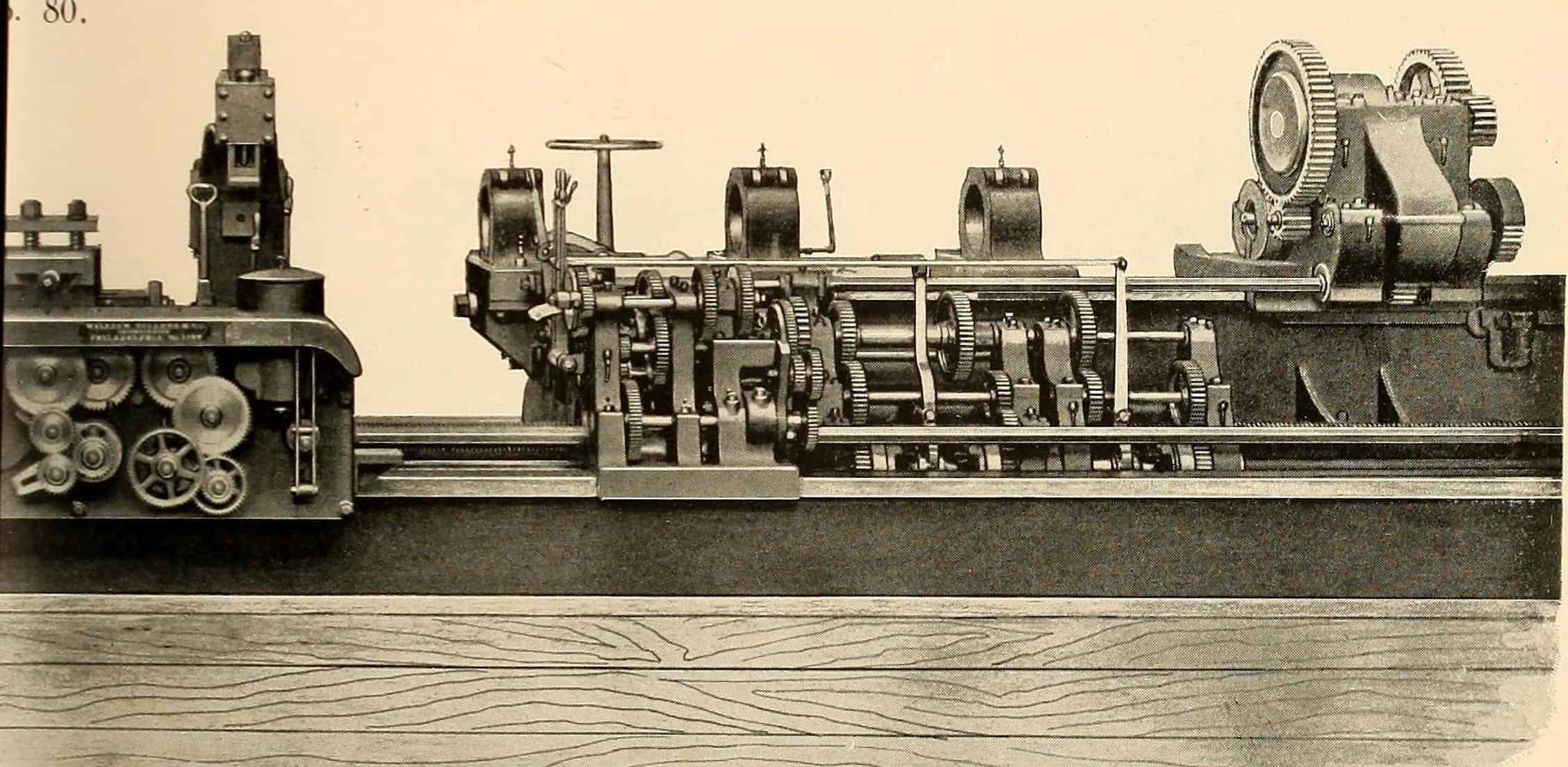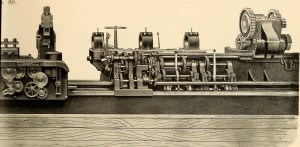
 What Does ‘Lifetime’ as a Metric Mean
What Does ‘Lifetime’ as a Metric Mean
We talk about lifetimes of plants and animals. Also, you may talk about the lifetime of a product or system.
I expect to have safe and trouble free use of my car over its lifetime. Once in a while I find a warranty that says it is guaranteed over my lifetime — for as long as I own the blender, for example.
But, do we have a common meaning for ‘lifetime’ for a capacitor or motor or any specific component, subsystem or system we may purchase? And if so, what do we mean or expect when only talking about the duration element of a reliability definition?
Product Lifetime
If we use the product lifecycle concept as a basis for the definition, then lifetime may mean the duration from product creation till it is recycled or destroyed. A variation may be the operating life, which may be the duration from first moment of operation (after installation) till taken offline.
If we expect a toaster to have a lifetime of 5 years, that means we expect the toaster to work for the customer successfully for five years with few if any failures.
Data sheet Lifetime
On occasion you may see a listing on a component data sheet: Lifetime 50,000 hours, or 50,000 hour lifetime, or something similar.
What are they claiming along with the other functional and dimensional specifications listed on the data sheet?
Does the supplier mean it will work with no failures (or very small chance of failure) for 50k hours? Is that calendar time from creation of the item, from installation, from first operation, from the start of the warranty and who’s warranty, or what?
The probability, could be 0.01% chance of failing at 50 hours, or 50%. I’ve followed up with suppliers and learned they most likely do not know or have some probability value that I could not guess in mind.
When you spot a lifetime number
Ask the vendor what they mean by the listing of lifetime? Be specific. Ask for the duration and probability of success and if it helps under what environmental conditions.
If it’s a guarantee of failure free operation for 50k hours, then what is the start time and environmental conditions? If it’s an MTBF based value, what is the failure mechanism and support evidence for the reliability-like value?
In short find out the failure mechanisms of most concern for your application and the associated lifetime distribution.
We would really benefit if the reliability claims included Weibull parameters.
What have you seen and how was it interpreted by you or by the supplier?
Just, thanks a lot for a so clear explanation .
You’re welcome – hope it helps you with your work creating reliable products or systems.
Cheers,
Fred